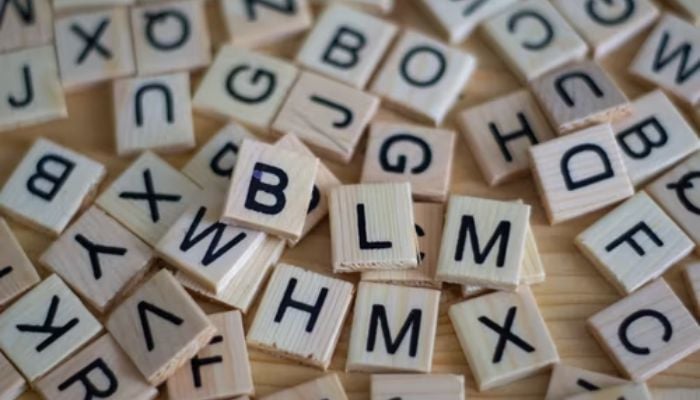Study reveals why we say 'uh' and 'um' while talking
Study conducted by neurologists confirms that when using phrases like "uh" and "um", our brains are putting in more effort
July 19, 2022

- Neuroscientists believe we use fillers when increased linguistic effort is required.
- Fillers are called disfluencies and they increase with anxiety.
- Disfluencies mean people are fishing through their brains to find next word in sentence.
Speech fillers such as words like "uh" or "umm" that are used to fill pauses in speech are quite common and usually give a bad reputation, indicating anxiety or articulation.
Neuroscientists believe that we use these fillers when an increased linguistic effort is required, reported ZME Science.
These fillers are called disfluencies and research suggests that they increase with anxiety. In fact, even those who use sign language find it difficult to communicate and wiggle their fingers.
One study shows that speech fillers appear every 4.6 seconds among native English speakers from America.
A study conducted by neurologists at Wayne State University confirmed that when we use phrases like "uh" and "uhmm", our brains are putting in more effort.
An electrocorticography (ECoG) was performed on three adolescents where a tiny cut was made on their skull to expose the surface of the brain. To the surface, electrodes were attached to analyse brain activity.
The participants were then asked to describe different pictures like a hippo taking a bath in a puddle.
While originally the researchers wanted to see how the brain worked while people defined concepts, they accidentally found something interesting.
They noticed that when the participants fumbled, the brain's association cortex was activated. This area is linked with complex language tasks.
The findings suggested that disfluencies meant that people were fishing through their brains to find the next word in the sentence.











